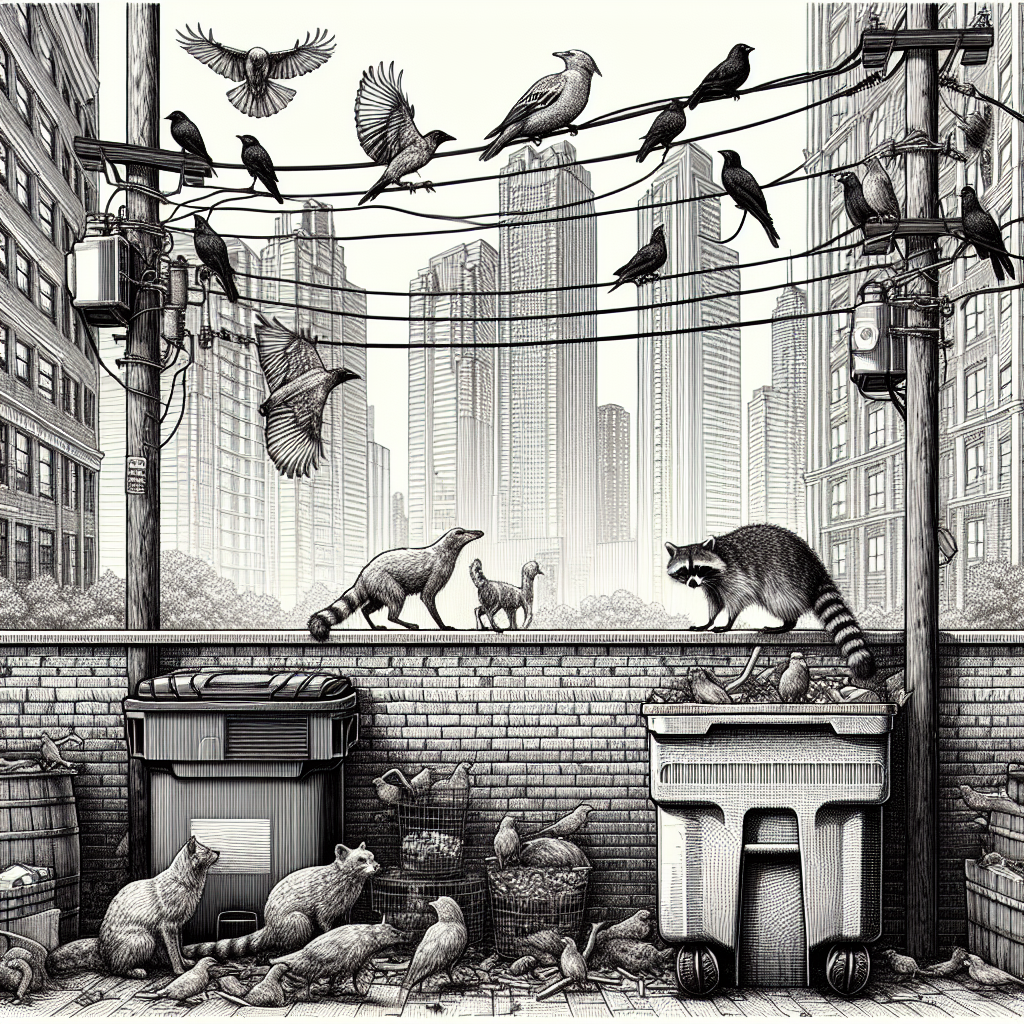Have you ever noticed the abundance of wildlife that has started to emerge within city limits? Today, we’re beginning to see a significant increase in urban wildlife, and it’s transforming our cities in surprising ways. The presence of these animals in our metropolitan environments is evidence of an incredible adaptive capability that helps them survive and thrive in urban landscapes.
The city, with its hustle, bustle, and concrete jungles, might seem like an unlikely habitat for wildlife.
However, animals have an incredible ability to adapt to different environments, and our cities are no exception. Urban spaces are increasingly becoming a hotspot for a variety of species, from common squirrels and pigeons to more exotic creatures like foxes, coyotes, and even deer.
A major reason for this influx of wildlife is the increasing green spaces within cities. Many urban planners are now including parks, gardens, and other green spaces in their designs, thereby providing habitats for various species. These places serve as urban oases, offering food, shelter, and a safer environment compared to their natural habitats, which are often under threat due to factors such as deforestation and climate change.

However, seeing a fox or a deer wandering down the street might be a delightful sight for some, but for others, it can cause a sense of unease. There’s no doubt that urban wildlife can cause problems. They can rummage through garbage, cause traffic accidents, and sometimes even pose a threat to pets.
The key to mitigating these issues lies in effective urban wildlife management strategies. This could mean securely storing trash to deter animals from rummaging, or implementing traffic calming measures to reduce the risk of accidents. Education is also crucial. City dwellers need to know how to coexist peacefully with their wild neighbors, understanding their behaviors and needs.
Initiatives like wildlife-friendly gardening also play a crucial role.
These involve the use of native plants to attract local wildlife, providing food and shelter for a range of species. Additionally, they often require fewer resources to maintain, making them a win-win for both wildlife and city dwellers.
Despite the challenges, the resurgence of wildlife in our cities is something to celebrate. It’s a testimony to the adaptability of nature, and it enriches our urban environments in countless ways. Observing a squirrel scampering up a tree or hearing the song of a bird can provide a moment of calm amidst our busy lives, reminding us of the natural world that exists beyond our concrete surroundings.
But perhaps most importantly, urban wildlife can foster a sense of connection to nature amongst city dwellers, many of whom have limited access to natural spaces. By bringing nature closer to home, we can foster a deeper appreciation for it and, hopefully, inspire more people to take action to protect it.
So next time you’re out and about in the city, take a moment to look around. You might be surprised at the abundance of life that’s thriving right there on your doorstep. Remember, we share our cities with a host of other creatures. Let’s embrace our wild neighbors, for they are an integral part of our urban landscape, adding a touch of nature’s wild beauty to our daily lives.